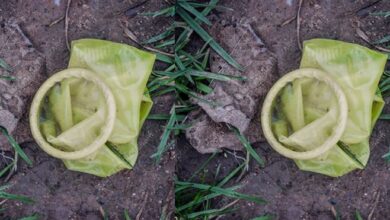Zimplats to build sulphuric acid plant

ZIMBABWE Platinum Mines (Zimplats) says it is investing towards the establishment of a wet acid plant, which will produce sulphuric acid, a key input in phosphate fertiliser production, as part of the group’s planned US$1,8 billion capital expenditure programme.
The plant is expected to produce about 100 kilotonnes of sulphuric acid per annum, a development expected to significantly reduce phosphate fertiliser imports.
In 2021, Zimbabwe imported sulphuric acid worth US$4,37 million becoming the 43rd largest importer of the product in the world.
The platinum miner’s ongoing expansion programme saw the commissioning of the third concentrator worth US$104 million two weeks ago.
A wet acid plant is a critical component in the phosphate fertiliser supply chain, which is widely used in agriculture for improving plant growth and increasing crop yields.
Zimbabwe remains a significant importer of fertilisers despite the massive potential to sufficiently produce the commodity locally.
This has lately been exacerbated by supply constraints stemming from the Russia – Ukraine conflict, which has pushed the prices of the commodity price higher and placed it beyond the reach of many farmers.
Zimbabwe has an estimated fertiliser demand of about 160 000 tonnes of ammonium nitrate and 240 000 tonnes of compound fertilisers per annum.
The plant will drive the country’s national value addition and beneficiation agenda, as enunciated in National Development Strategy (NDS) 1 (2021-2025).
Under the Second Republic, the Ministry of Industry and Commerce has been tasked to prioritise the fertiliser value chain to achieve high, accelerated, inclusive, sustainable economic growth and food security.
Agricultural value chains are a key priority in the National Development Strategy 1 (2021-2025) as Zimbabwe seeks to transform its economy from being largely commodity-based to producer of manufactured value-added products.
Under the five-year NDS 1 roadmap, the Government is prioritising the procurement of locally manufactured fertilisers to ensure the availability and affordability of fertilisers to the farmer. Officiating at the commissioning of Zimplats’ third concentrator, Implats board chairperson, Thandi Orleyn said wet acid plants have an important role to play in sustainable agriculture as they provide a source of high-quality phosphate fertilisers which increase crop resilience.
“We are now on the third phase of expansion programmes with an investment tag of a potential US$1, 8 billion.
“The wet acid plant will produce sulphuric acid that is used in the manufacture of phosphate fertilisers for agricultural purposes,” said Mrs Orleyn.
The Government tasked the Industrial Development Corporation of Zimbabwe (IDCZ) to help revamp national fertiliser production, which has since moved to reboot local basal (Compound D) fertiliser output through its own units.
Zimbabwe Phosphate Industries Limited (ZimPhos), which is owned by IDCZ, is currently the country’s sole producer of phosphate fertiliser.
To support the value chain initiative, the Treasury earlier this year set aside US$22,5 million from the Special Drawing Rights it received under the International Monetary Fund’s Covid-19 impact global bailout package.
Anchored on the Five-Year Fertiliser Import Substitution roadmap the Government has started realising increased production of Ammonium Nitrate and compound fertilizers by local companies.
-Herald-








